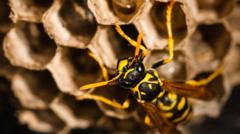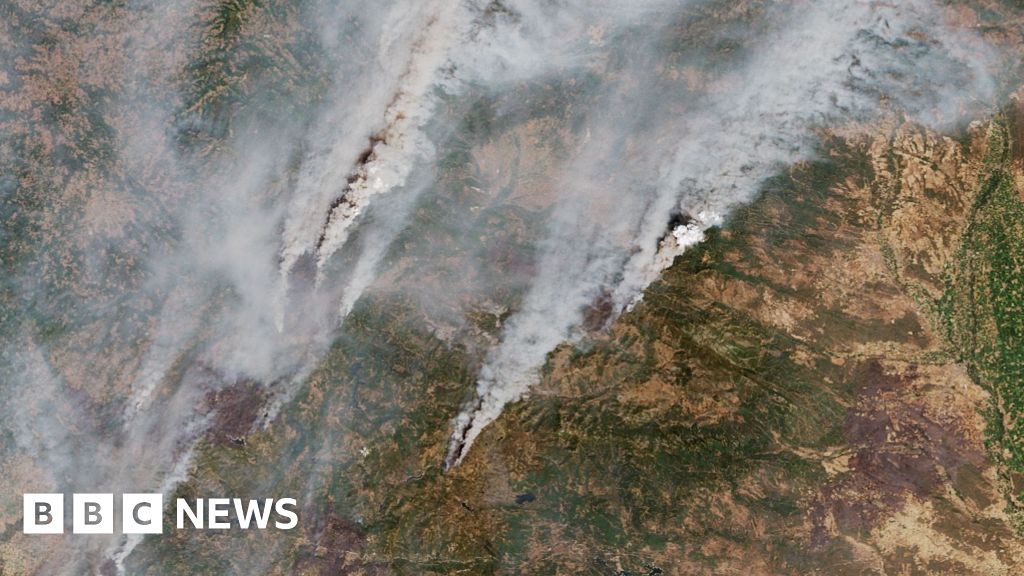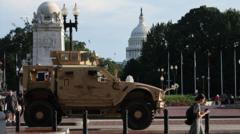The US Department of Energy disclosed the findings last week, revealing that the nest—located near large storage tanks of liquid nuclear waste—was treated as radiological waste after being eliminated. Although officials assured there was no nuclear waste leak or threat to public safety, advocates question the transparency surrounding lingering contamination from Cold War-era activities.
The discovery was made on July 3 during routine radiation inspections at the site, which has a history of producing components for nuclear weapons. Operating since the 1950s, the facility has since shifted to focus on nuclear energy generation while managing hazardous waste.
Investigators attributed the elevated radiation levels in the nest to "onsite legacy radioactive contamination," remnants from previous nuclear operations. Although the wasps themselves would have had lower exposure, watchdogs remain disgruntled, highlighting the necessity for clearer communication and addressing potential risks.
Currently, there are 43 operating underground tanks at the facility, with eight decommissioned after generating over 165 million gallons of nuclear waste. Environmental advocates express growing concern about the site's safety and environmental practices, calling for greater accountability and transparency.
The discovery was made on July 3 during routine radiation inspections at the site, which has a history of producing components for nuclear weapons. Operating since the 1950s, the facility has since shifted to focus on nuclear energy generation while managing hazardous waste.
Investigators attributed the elevated radiation levels in the nest to "onsite legacy radioactive contamination," remnants from previous nuclear operations. Although the wasps themselves would have had lower exposure, watchdogs remain disgruntled, highlighting the necessity for clearer communication and addressing potential risks.
Currently, there are 43 operating underground tanks at the facility, with eight decommissioned after generating over 165 million gallons of nuclear waste. Environmental advocates express growing concern about the site's safety and environmental practices, calling for greater accountability and transparency.





















